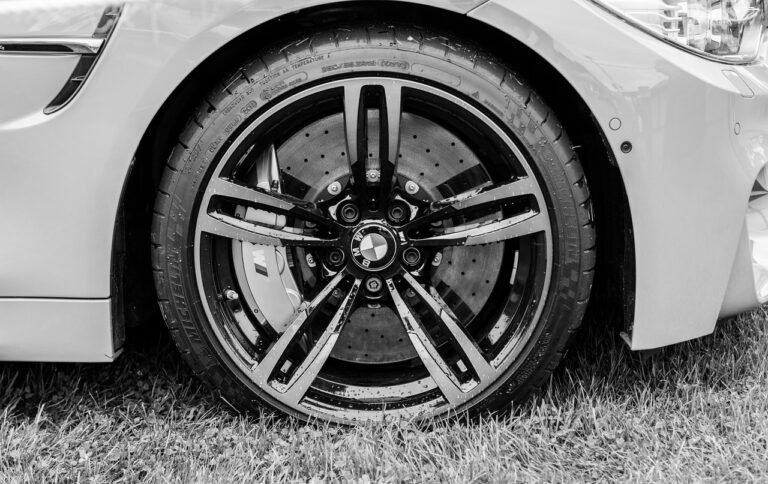The Future of Auto Manufacturing: 3D Printing and Robotics
One prominent challenge in traditional auto manufacturing processes is the high cost associated with maintaining and operating large-scale production facilities. These facilities require significant investment in machinery, labor, and maintenance to ensure smooth and efficient production lines. Moreover, as these facilities age, the need for upgrades and replacements of outdated equipment adds to the overall cost burden.
Another key challenge is the inflexibility of traditional manufacturing processes, which can hinder the adaptation to changing market demands and technological advancements. The set assembly lines and methods in place may not easily accommodate new designs or customization options, leading to delays and inefficiencies in production. Additionally, the lack of agility in responding to sudden shifts in consumer preferences can result in excess inventory or production bottlenecks.
Benefits of Implementing 3D Printing in Auto Manufacturing
3D printing technology has revolutionized the traditional methods of auto manufacturing by offering numerous advantages to the industry. One of the key benefits is the ability to create complex geometries and intricate designs with utmost precision, which was previously challenging with conventional manufacturing processes. This level of customization and detail allows automakers to enhance the performance and aesthetics of their vehicles while maintaining cost-effectiveness.
Furthermore, implementing 3D printing in auto manufacturing significantly reduces lead times and enhances overall production efficiency. By eliminating the need for tooling and reducing material waste, companies can streamline their manufacturing processes and bring new vehicle models to market faster. This agile production approach not only boosts operational efficiency but also enables manufacturers to respond quickly to changing market demands and consumer preferences.
Impact of Robotics on Efficiency in Auto Manufacturing
Robotic systems have revolutionized the landscape of auto manufacturing, significantly enhancing efficiency and productivity in the industry. By incorporating robotics into various stages of production, automakers can streamline processes and reduce the margin of error. These machines work tirelessly with precision and speed, improving the overall quality of the vehicles while maintaining consistency.
The use of robotics in auto manufacturing also allows companies to optimize their production lines, making them more flexible and adaptable to changing demands. Unlike human workers, robots can operate around the clock without fatigue, leading to increased output and decreased labor costs. Moreover, these automated systems can handle tasks that are repetitive, strenuous, or dangerous for human workers, ensuring a safer working environment in the manufacturing facilities.





